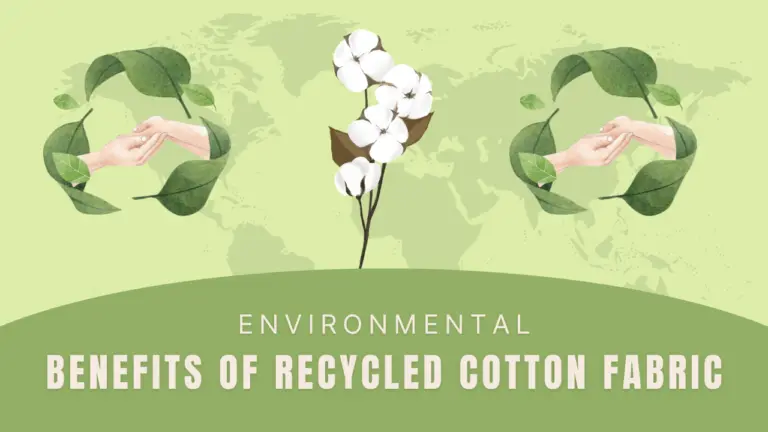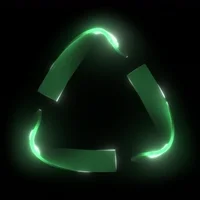- Home
- About
- Products100% Cotton Fabric100% Polyster FabricCotton Polyster BlendJUCO FabricHemp FabricChambray/Yarn DyedDyed Finished FabricCanvas Drop ClothMelange Fabric
Single Fill Duck
Army Duck Fabric
Numbered Duck
- 200 GSM Cotton Polyester Mix Canvas Fabric
- 220 GSM Cotton Polyester Mix Canvas Fabric
- 290 GSM Cotton Polyester Mix Canvas Fabric
- 295 GSM Cotton Polyester Mix Canvas Fabric
- 315 GSM Cotton Polyester Mix Canvas Fabric
- 375 GSM Cotton Polyester Mix Canvas Fabric
- 390 GSM Cotton Polyester Mix Canvas Fabric
- 470 GSM Cotton Polyester Mix Canvas Fabric
- Eco Weav
- Re Weav
- Certificates
- Contact Us

Environmental benefits of Recycled Cotton Fabric
While cotton is a beautiful fabric with numerous benefits for textiles and fashion. Virgin cotton production consumes a staggering amount of resources, making it unsuitable for the eco-fashionista.
Consider the advantages of using recycled cotton over virgin cotton to reduce your textile’s environmental impact. Recycled cotton fabric is more environmentally friendly than virgin cotton while retaining many of its benefits – it’s a no-brainer!
This article explains how recycled cotton is produced and compares its advantages and disadvantages.
Continue reading if you want to find recycled fabrics that will help you turn your wardrobe into an eco-friendly paradise!
What Is Recycled Cotton?

Cotton that has been recycled is cotton that would otherwise have been discarded. Cotton scraps and factory offcuts from the production of garments and textiles can be used.
Secondhand cotton garments or textiles, also known as deadstock (finished products deemed unsuitable for sale). This is great news because it means that we are not only recycling ‘waste’ from the textile industry, but that recycled material requires fewer resources to produce and contributes to a circular economy.
Is Recycled Cotton Sustainable?
Recycled cotton yarn has a much lower environmental impact than conventional cotton yarn.
According to research, using 1000 kg of recycled cotton yarn can save 0.5 hectares of land, 6600 kg of CO2 emissions, and 2783 cubic metres of irrigation water.
One obvious advantage of recycling cotton is that pure recycled cotton is biodegradable, which eliminates the need to worry about a long-term impact on the environment, as with recycled polyester.
If you prefer natural, sustainable fabric over synthetic fibre, recycled cotton is an excellent choice.
How Is Recycled Cotton Yarn Made?
Cotton recycling is not always an easy process; chemical, mechanical, and thermal processing are all options. Work is still being done to develop ways to scale the process in order to make it easier and more accessible.
After collecting cotton textile waste, it is separated into textile types and colours. Depending on the recycling process used, the sorting process can be labour intensive because not only are the fabrics sorted by colour, but care must be taken to sort the blended fabrics.
Many cotton fibres are blended with other yarns, influencing the type of recycling process that can be used to create new yarn. After sorting, the textile waste is shredded or turned into a pulp. The raw material is then processed according to the recycling method before being spun into new yarn. Due to the difficulties in accurately and efficiently sorting second-hand fibres, the majority of cotton waste recycled comes from factory offcuts.
Read more About the – Global Recycled Standard
What Is Recycled Cotton Used For?
Recycled cotton has a wide range of applications, from home textiles and clothing to industrial cleaning cloths and even paper.
Cotton paper is higher quality and more durable than wood pulp paper, which is why it is commonly used for banknotes and important documents!
Is it Durable?

Recycled cotton yarn can retain its durability or even become stronger than virgin cotton depending on the type of recycling method used.
Cotton that has been mechanically recycled tends to lose its original strength, so it is frequently blended with either virgin cotton or polyester to ensure the final textile is of high quality. In contrast, yarn produced through the chemical recycling process is frequently stronger and more durable than virgin cotton!
Recycled Cotton Pros And Cons
One of my favourite textiles is natural cotton fibre. When compared to other yarns, the texture of cotton is so wholesome and beautiful.
Let’s weigh some of the advantages and disadvantages of recycled cotton fabric.
Benefits
- Soft, lightweight, and simple to clean
- Breathable, long-lasting, and quick-drying
- High absorption (which makes it ideal for home or industrial cleaning cloths)
- Because it is biodegradable and recyclable, it has a lower environmental impact than synthetic yarn.
Disadvantages
- Although recycled cotton is durable, it does have some longevity issues due to the fact that it is a natural fabric – it is not tear or abrasive resistant.
- Cotton does not have a high elasticity when compared to other yarns.
- Cotton is frequently costly due to the resources required to produce it.
- Cotton is not environmentally friendly (unless it is blended with other yarn). 100% cotton is more susceptible to environmental damage caused by humidity, such as mould and fungus.
- Wrinkle, heat, and chemical resistance are all low.
- Separating colour and fabric blend can be a time-consuming process.
Recycled Cotton Vs. Organic Cotton
If you want to protect the environment from unnecessary pesticides and toxic chemicals, organic cotton fibre is a great option. While recycled fabric has advantages, organic cotton is also considered a sustainable material due to the smaller environmental footprint it leaves during the cotton farming stage.
Furthermore, growing research indicates that we must consider the health risks associated with exposure to textile products with a high chemical presence. Organic clothing may be a good choice if you have allergies or sensitive skin.
Although certified organic cotton clothing is more expensive, choosing timeless and high-quality pieces for your wardrobe ensures that you get your money’s worth.
Also, Check the other Products – Cotton Canvas fabric and organic cotton fabric


